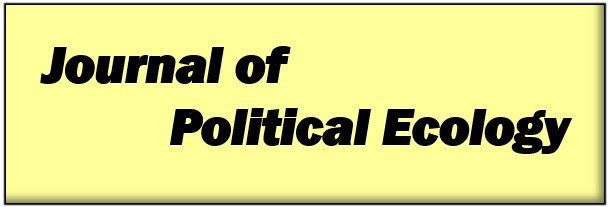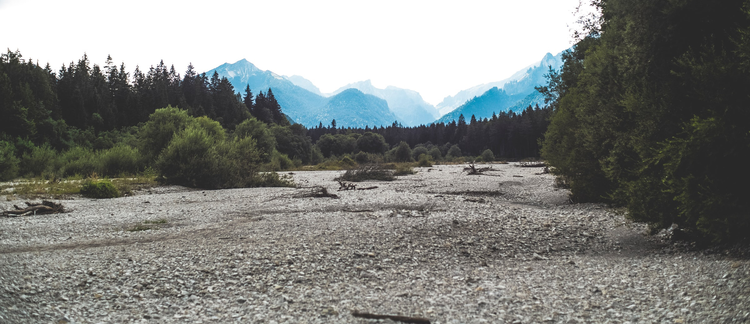Abstract
The regional political ecology approach entails attention to chains of explanation both up and down scale while acknowledging both the similarities and distinctiveness between and among local level patterns and processes. In this paper, I apply the regional political ecology approach to the study of the rural-urban interface. The rural-urban interface is the site of multi-dimensional (environmental, economic, sociocultural) change as shifts in landscapes and lifestyles iteratively influence land use/management and the cultural context of places in flux. In Calaveras County, California (USA), situated in the Sierra Nevada foothills, certain features of and activities on the landscape are being mobilized by a variety of actors, in different ways, and at cross-purposes. In two cases in particular, specific resources (water) and activities (backyard agriculture) became powerful symbolic figures in increasingly heated public policy debates revolving around the use and value of various landscapes in the area. Using mixed, though mainly ethnographic, methods, I examine these instances of environmental conflict, one revolving around a sheep ranch turned golf course and another focused on the proper place of chickens, along the rural-urban interface. After analyzing the processes of change driving these contested ecologies, I describe the challenges of negotiating what is "acceptable" in the context of place-based change and differently situated actors. I conclude by offering some comments on the difficulties of managing competing expectations of use and function in rural places and arguing the significance of pursuing a particularly regional political ecology.
Keywords: rural-urban interface, (regional) political ecology, land and environmental management, contested ecologies, environmental conflict
How to Cite:
Hiner, C. C., (2016) “"Chicken wars", water fights, and other contested ecologies along the rural-urban interface in California's Sierra Nevada foothills”, Journal of Political Ecology 23(1), 167-181. doi: https://doi.org/10.2458/v23i1.20188
Downloads:
Download PDF
View PDF
1838 Views
663 Downloads

